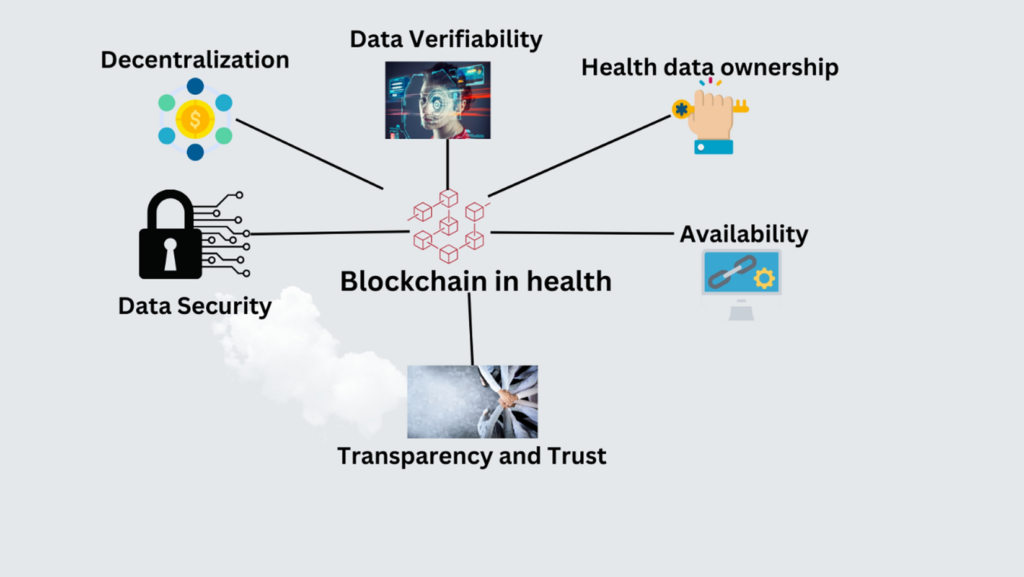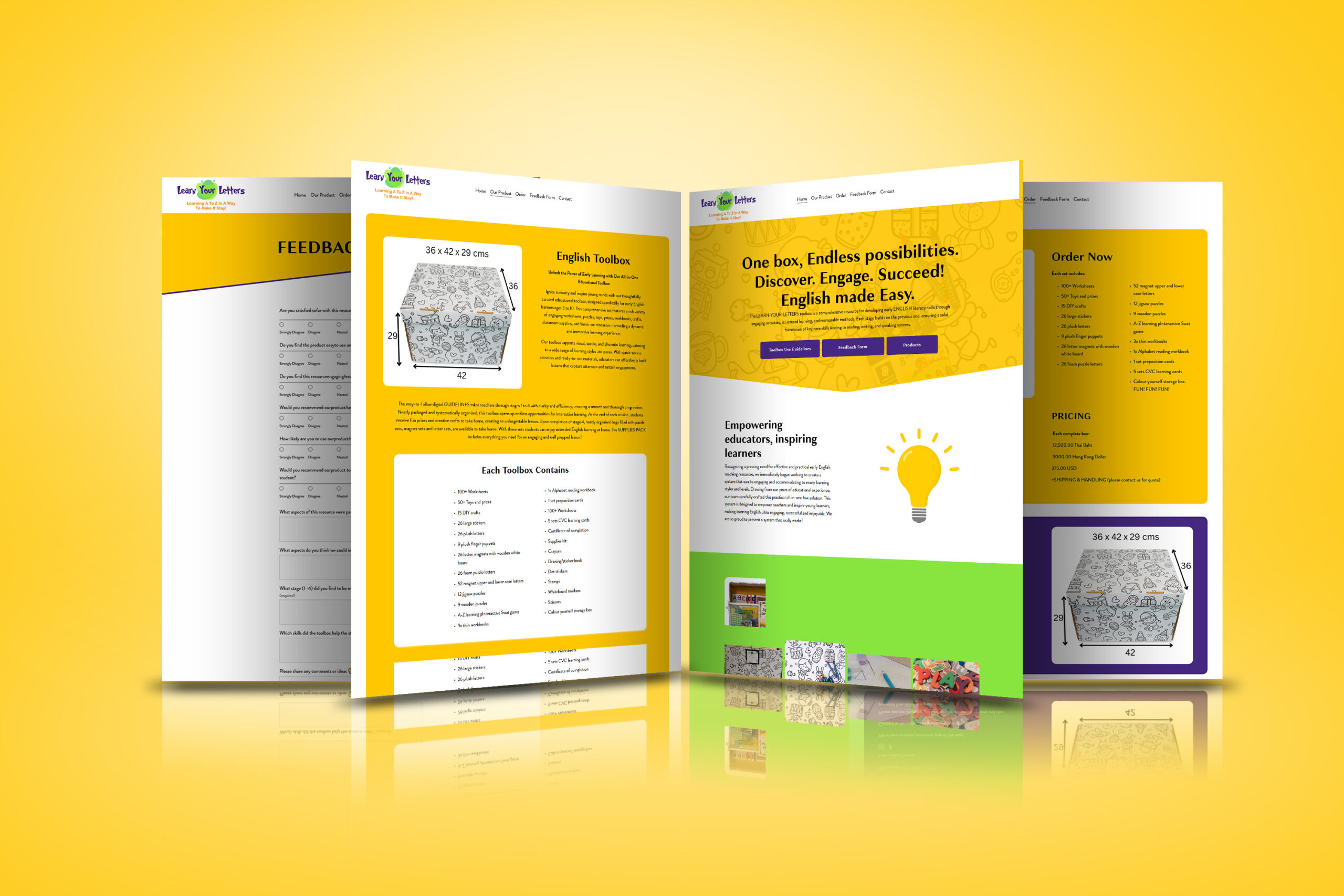Introduction
As digital security and data privacy become critical concerns, blockchain technology is emerging as a game-changer for Content Management Systems (CMS). Blockchain’s decentralized nature enhances security, transparency, and data ownership, making it an ideal solution for modern CMS platforms. In this guide, we’ll explore how blockchain is revolutionizing CMS, its benefits, and real-world applications.
1. What is Blockchain Technology in CMS?
Blockchain is a decentralized digital ledger that records transactions securely and transparently. When integrated into a CMS, blockchain can:
- Prevent Data Tampering – Content is stored in an immutable ledger.
- Enhance Security – Reduces vulnerabilities to hacks and unauthorized access.
- Improve Transparency – Users can verify content authenticity.
- Enable Decentralized Publishing – Content is stored and managed across multiple nodes.
🔹 Key Features of Blockchain in CMS:
- Decentralized Content Storage – Eliminates reliance on central servers.
- Smart Contracts for Automation – Enables secure and automated content licensing.
- Cryptographic Verification – Ensures content integrity.
- Tokenization & Monetization – Allows creators to earn through blockchain-based rewards.
2. Benefits of Blockchain in CMS
🔹 Enhanced Security & Data Privacy
- Data stored on the blockchain cannot be altered or deleted.
- Prevents cyberattacks, data breaches, and unauthorized modifications.
🔹 Transparent Content Management
- Every change is recorded and traceable, ensuring accountability.
- Helps combat fake news, misinformation, and content forgery.
🔹 Data Ownership & User Control
- Users retain full ownership of their content without third-party control.
- Blockchain-based CMS platforms allow peer-to-peer content publishing.
🔹 Decentralized Publishing & Censorship Resistance
- Prevents content takedowns by centralized authorities.
- Enables global accessibility and ensures freedom of speech.
3. Top Blockchain-Powered CMS Platforms in 2025
| CMS Platform | Blockchain Features | Best For |
|---|---|---|
| WordProof (WordPress Plugin) | Timestamping for content authenticity | Blogs, News Websites |
| Steemit | Decentralized content publishing & rewards | Content Creators, Bloggers |
| Akasha | Ethereum-based decentralized CMS | Social Media & Blogging |
| Decentralized Web (DWeb) | Distributed storage for content delivery | Enterprises, Media Platforms |
| LBRY/Odysee | Blockchain-based video & content sharing | Video Creators, Publishers |
4. How to Implement Blockchain in CMS
✅ Steps to Integrate Blockchain in CMS:
1️⃣ Choose a Blockchain-Based CMS – Select platforms with blockchain integration.
2️⃣ Use Smart Contracts – Automate payments, licensing, and user permissions.
3️⃣ Enable Blockchain-Based Storage – Utilize IPFS (InterPlanetary File System) or other decentralized storage options.
4️⃣ Implement Cryptographic Security – Secure user authentication and content verification.
5️⃣ Leverage Tokenization – Reward content creators with cryptocurrency incentive
Conclusion
Blockchain is redefining content management by enhancing security, transparency, and data ownership. As CMS platforms evolve, integrating blockchain can provide tamper-proof content, decentralized publishing, and secure data management. Whether you’re a blogger, enterprise, or digital publisher, adopting blockchain-powered CMS solutions will future-proof your content strategy.
🚀 Want to integrate blockchain into your CMS? Ali DevSolutions is here to help!












